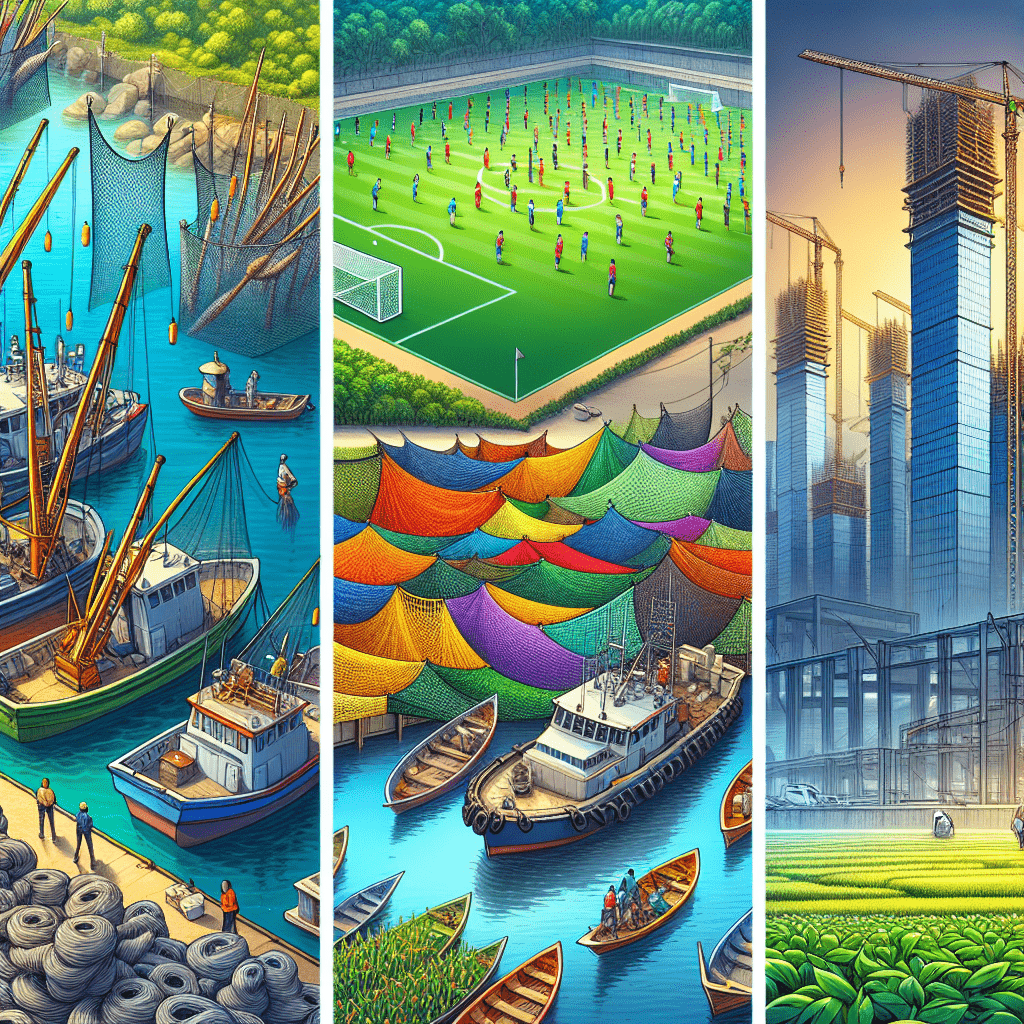Understanding the Versatile World of Nets: Exploring Types, Uses, and Impact
Nets are a fundamental part of everyday life, spanning a myriad range of uses from fishing and sports to safety and agriculture. With their relevance rooted in ancient times, they continue to evolve, adapting to modern needs and innovations. This comprehensive article will delve into the varieties of nets, their applications across different sectors, and the environmental implications they carry.
Introduction to Nets and Their History
The concept of nets has been pivotal throughout human civilization, dating back as far as 8,000 years. Originally crafted from fibers derived from plants or animals, nets have served as essential tools for hunting, fishing, and gathering. Over time, with advancements in technology, modern nets are now often made from synthetic materials like nylon or polyethylene, allowing for enhanced durability and functionality.
Overview of Net Types
Fishing Nets
Fishing nets are among the oldest applications. They come in various shapes and sizes, designed specifically for the environment they are to be used in and the target species. Some common types include trawl nets, gillnets, cast nets, and seine nets.
Sports Nets
In the world of sports, nets are indispensable components in games such as soccer, basketball, volleyball, and tennis. They serve as barriers for goalposts or court dividers. Quality and specifications can differ greatly to suit each sport’s standards.
Safety Nets
Safety nets are designed to protect people from injury or accident. They are extensively used in construction sites to catch falling debris or workers who might lose their footing.
Agricultural Nets
Agriculture makes use of nets in many forms; shade nets protect plants from harsh sun rays or hail protection nets shield crops from damaging hail storms.
Uses and Functions Across Sectors
Fishing Industry Application
The diversity of fishing nets reflects the complexity of the industry itself. While some gears like trawls can capture large volumes efficiently, others like gillnets select for size, reducing bycatch.
Environmental Safety and Sustainable Practices
With the integration of safer materials and designs aiming to minimize environmental harm (like turtle excluder devices in trawls), targeted efforts are being made to curtail the negative impact of net fishing.
Protective Equipment in Sports and Construction
Striving for safety criteria without compromising on the game’s quality or construction goals has led to resilient net structures capable of resisting heavy impacts while ensuring reliability.
Agricultural Innovation
Farmers embrace net technology to protect crops from climatic changes while ensuring optimum plant growth. Specialized agricultural nets also facilitate controlled environments conducive for enhanced agricultural output.
Impact on Marine Ecosystems and Wildlife Conservation Efforts
Given that some types of netting can result in overfishing or become marine debris contributing to ocean pollution, there have been concerted efforts aimed at creating sustainable practices. Bycatch reduction devices and development of biodegradable nets exemplify strides towards ecological conservation.
Net Care and Maintenance Tips
Appropriate maintenance can extend the life span of a net significantly, thus decreasing both environmental impact and costs associated with frequent replacements.
Advancements in Net Technology
Tech innovations have introduced ‘smart’ nets containing sensors or devices to ensure better control over use and reduce unintended captures of non-target species.
Notes
Image Description
The image accompanying this article features a broad range of nets contrasted against varied backdrops alluding to their diverse uses—an assortment of fishing nets on a dock beside a colorful fleet of fishing boats; crisp white goalpost nets on a lush soccer field; vibrant fall protection nets wrapping a bustling construction skyscraper; fertile green crops under the protective canopy of agricultural shading nets; these depictions symbolize the vast applications and significance of nets in daily life.

